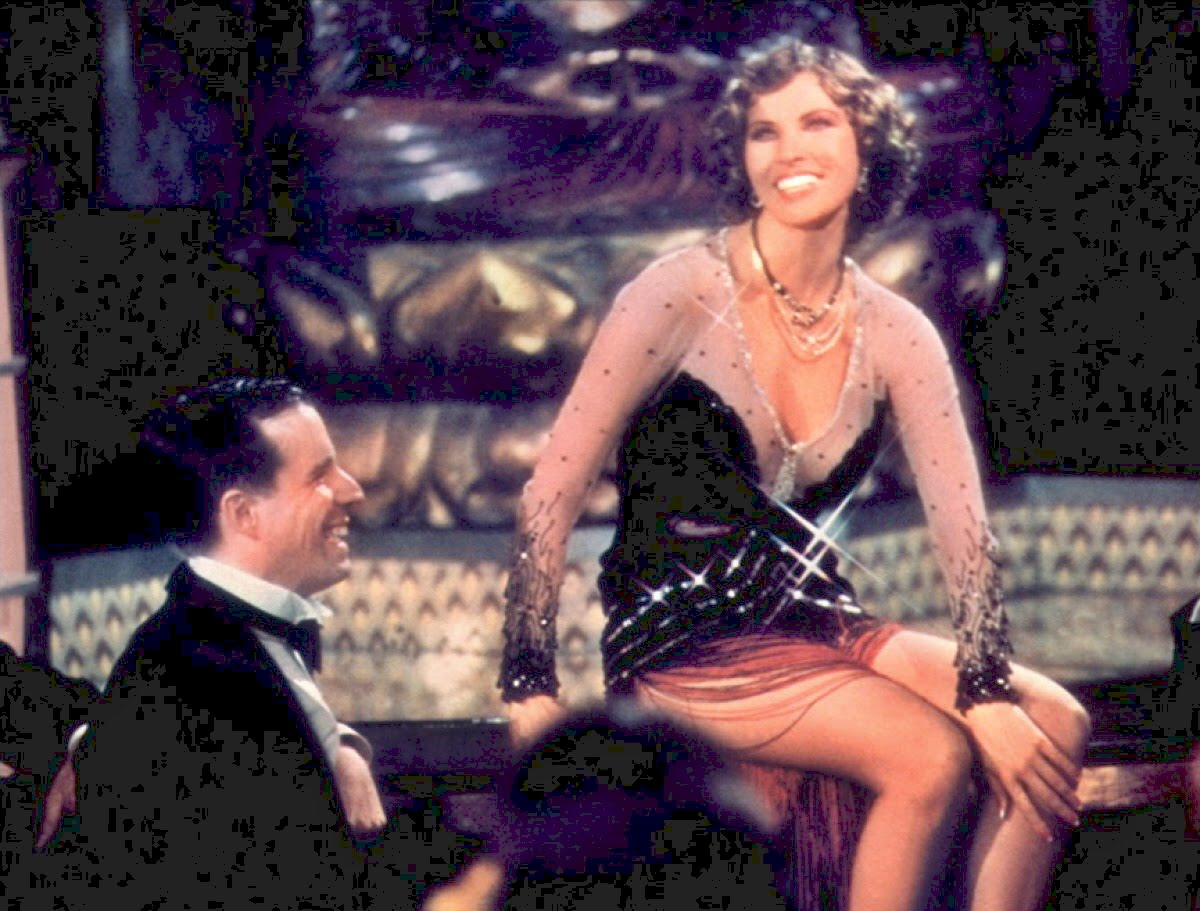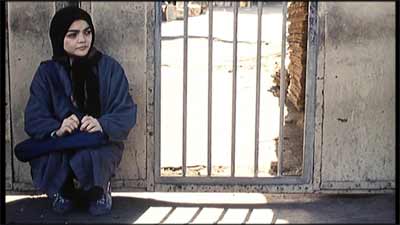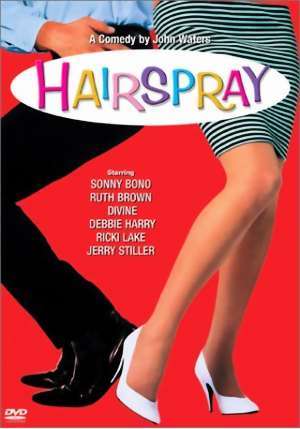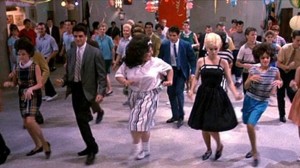From Monthly Film Bulletin, September 1975 (Vol. 42, No. 500). I can think of two plausible reasons for reposting this now: Raquel Welch and Babylon.
I’m not sure why I neglected to mention Fatty Arbuckle, but obviously I should have. (I also might have mentioned that another long narrative poem by Joseph Moncure March, The Set-Up, provided the basis for a more enduring 1949 Robert Ryan/Robert Wise feature.)– J.R.


U.S.A., 1974
Director: James Ivory

Cert–X. dist–7 Keys. p.c–The Wild Party.A Samuel Z. Arkoff presentation. exec. p–Edgar Lansbury, Joseph Beruh. p-Ismai Merchant. assoc. p—George Manasse.asst. d–Edward Folger. sc–Walter Marks. Based on the narrative poem by Joseph Moncure March. ph–Walter Lassally. col–Movielab. ed–Kent McKinney. a.d–David Nichols. set dec–Bruce David Weintraub. set artist–Pamela Gray. sp. effects–Edward Bash. m/m.d–Larry Rosenthal. dance m–Louis St. Louis. songs–“Wild Partv”, “Funny Man”, “Not That Queenie of Mine”, “Singapore Sally”, “Herbert Hoover Drag”, “Ain’t Nothing Bad About Feeling Good”, “Sunday Morning Blues” by Walter Marks. musical sequences staged by–Patricia Birch. cost–Ron Talsky, Ralph Lauren, Ronald Kolddzie. make-up-Louis Lane. titles— Arthur Eckstein. title poster art–Peter Diaferia. sd. ed–Mary Brown. sd. Read more
The following article was written for the June 8, 2001 issue of the Chicago Reader, to coincide with the release of Jafar Panahi’s The Circle in Chicago — although a differently edited version was published. This is my original version, which I included in Movie Mutations: The Changing Face of World Cinephilia, a 2003 collection I coedited with Adrian Martin. (Lamentably but unsurprisingly, this was the only section of the book that was left out of the Persian translation.)
One indication of Panahi’s extraordinary courage, after his appalling incarceration in Tehran’s Evin prison back in March, was the fact that he expressly requested not to be accorded “special” treatment because of his status as an artist and filmmaker. It seemed worth reposting this article on December 21, 2010, not only because of the shocking sentence received by Panahi after his trial, but also to correct the original misdating of this article on this site and in Movie Murtations, which I learned about via David Bordwell’s site. — J.R.

Squaring The Circle

Last month, I was taken aback by an email from a colleague — not a cranky stranger — waiting for me at my office computer one morning. Read more
This is a review of the John Waters original (1988) — not the Adam Shankman remake (2007) derived from the Broadway musical, which I haven’t seen. Thanks to the seeming omnipresence of the latter, I originally found it very difficult to find any stills from the former on the Internet. My review appeared in the March 4, 1988 issue of the Chicago Reader. Today I persist in thinking that America would be a better place if John Waters were hosting The Tonight Show. — J.R.

HAIRSPRAY
*** (A must-see)
Directed and written by John Waters
With Ricki Lake, Divine, Leslie Ann Powers, Colleen Fitzpatrick, Ruth Brown, Sonny Bono, Debbie Harry, and Shawn Thompson.

As John Waters is the first to point out, Hairspray is “a satire of the two most dreaded film genres today — the ‘teen flick’ and the ‘message movie.'” But one of the nicest things about this exhilarating, good-natured pop comedy is that it actually is both a teen flick and a message movie. Satirical or not, it redeems as well as revitalizes both genres while celebrating their excesses.
This downscale, urban Dirty Dancing is a cunning crossover maneuver that opens as many doors to the mainstream audience as Waters can reach for, urging black and white, fat and skinny, blue collar and white collar, and generations some 25 years apart to join in the festive euphoria. Read more







